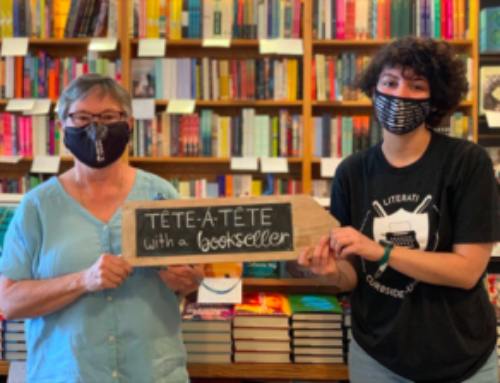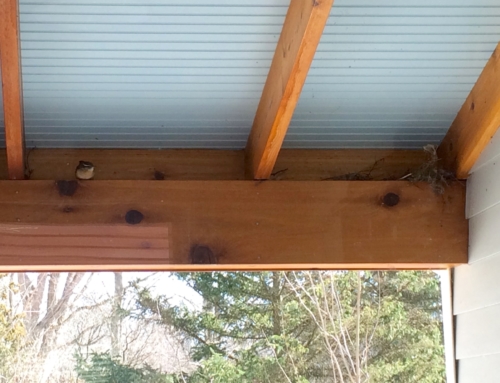 The other day I got to sit at a large round table on the campus of Michigan State University with nine other thinkers/doers/makers to talk together about “Art, Ecology, and the Great Lakes.” Dylan Miner, creative fellow at MSU Global, served as our eloquent, soulful pivot point. Some of his artwork illuminated the space around us. How interesting to learn that the ink used in his violet relief prints of medicinal plants is made with blackberry juice and that the low-rider bikes—literal bikes—are collaborations among indigenous youth and artists, and university students.
The other day I got to sit at a large round table on the campus of Michigan State University with nine other thinkers/doers/makers to talk together about “Art, Ecology, and the Great Lakes.” Dylan Miner, creative fellow at MSU Global, served as our eloquent, soulful pivot point. Some of his artwork illuminated the space around us. How interesting to learn that the ink used in his violet relief prints of medicinal plants is made with blackberry juice and that the low-rider bikes—literal bikes—are collaborations among indigenous youth and artists, and university students.
Our task was conversation, and within moments good ideas began to circulate, all of them connected by our collective sense that for human beings right now, things are not going as well as they could be.
For Miner, our responsibility in all this becomes clearer once we stop talking and start listening, more specifically: Listen and then respond. Some of the ideas that spun out of that proposition: Knowledge is a gift and a burden. Once you know something, you have a responsibility to do something, at least to keep the gift moving. We must start thinking in terms of gifts rather than challenges, relationships rather than projects. Although I’m an academic and an artist and I spend exactly zero time in Corporate America Land, I began to hear the reimagining of corporate speak that was going on around the table.
Consider how noisy the places you spend your time tend to be, and then consider what might happen if you took Miner’s prescription to heart. Here I quote him directly: “Listen to nonhuman things. . . plants . . . islands . . . water,” and then reply.
I loved the conviction I heard in Miner’s description of his artwork as the place where he practices listening and responding. And one of the things I continue to think about a week later: what are the connections among visual and literary art-making, silence, listening, and responding?
I was thinking about my own artwork, the creative writing that is always informed, for better or worse, by my (reluctant) environmental activism and the teaching I do that allows (requires!) me to marry the writing and reading with the activism. And so I was also thinking about the community that has sprung up around the Saugatuck Dunes and the fact that they are threatened (again and again) with out-of-scale, inappropriate building projects. Can the art we need get made if we don’t engage with ecological crises?
A few of us spoke directly to the interconnection among the more-than-human citizens of Earth and humans, the fact that what’s bad for one living thing is bad for another. The plight of children, who are largely voiceless, mentioned by another member of our circle, struck me as directly related to the plight of the more-than-human world (bacteria to redwoods). Could it be that we have most significantly handicapped ourselves as a species by giving adult humans all the power?
By the way, author David Abram’s books, The Spell of the Sensuous and Becoming Animal, have informed my thinking about our relationship with and responsibility to the more-than-human living things with which we share Earth. I highly recommend them. Click here for more information.
You can view Dylan Miner’s work and find a link to an interview with him by clicking here. Please note that his exhibit will be up in the MSU Global Gallery through February 18, 2015. Learn more about MSU Global, host of the roundtable, by clicking here.









Leave A Comment